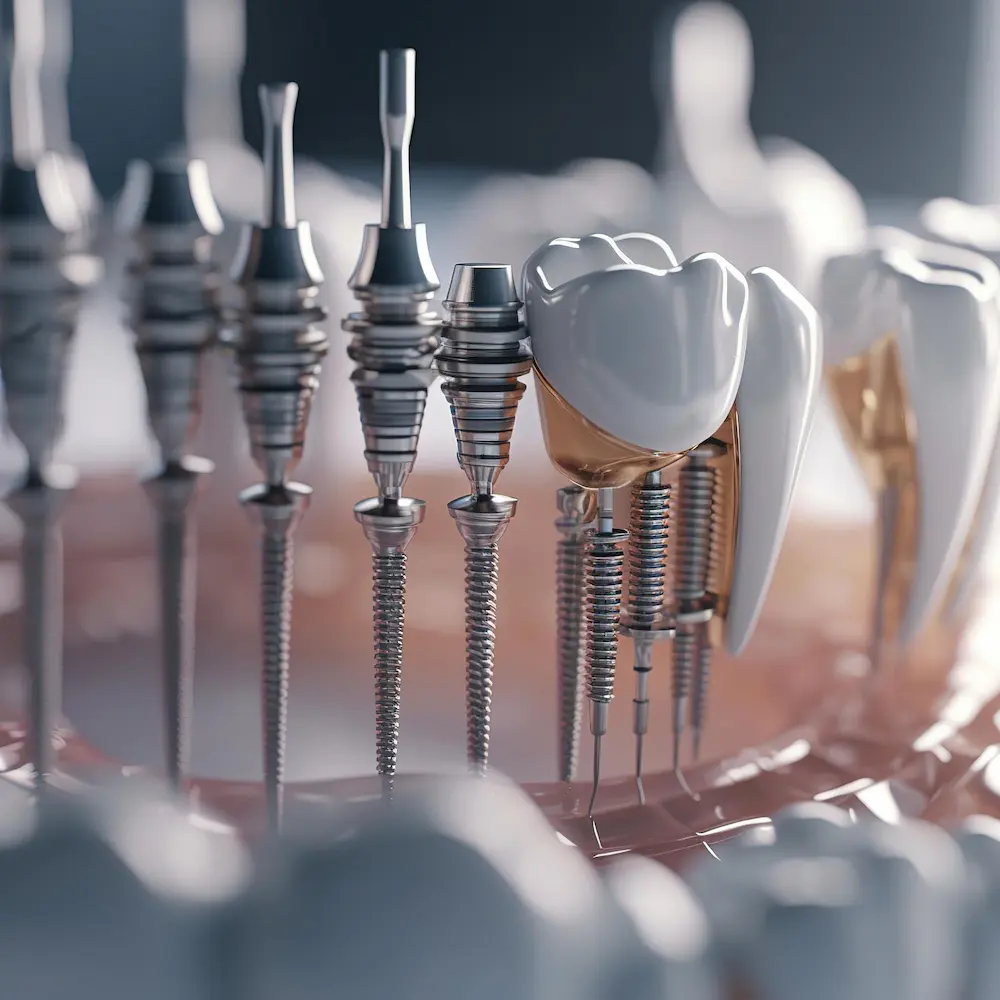Bone grafting is a specialized dental procedure aimed at augmenting or restoring bone volume in the jawbone to support dental implants or improve the stability of existing teeth. This procedure is commonly performed to restore bone loss in preparation for Dental Implants or to address bone loss resulting from tooth extraction, periodontal disease, trauma, or other factors, ensuring optimal conditions for successful implant placement and long-term dental health.
How does Bone Grafting work?
- During a bone grafting procedure, bone graft material is placed in the area of bone deficiency to stimulate new bone growth and regenerate lost bone tissue.
- The bone graft material may be sourced from the patient’s own bone (autogenous graft), donor bone tissue (allograft), or synthetic materials (alloplastic grafts).
- Over time, the bone graft integrates with the surrounding bone tissue, providing a stable foundation for dental implants or enhancing the structural support of adjacent teeth.
Do I need Bone Grafting?
- Bone grafting may be recommended in the following situations:
- Prior to dental implant placement to ensure adequate bone volume and density for implant stability and long-term success.
- Following tooth extraction to preserve bone structure and prevent bone loss, preserving the integrity of the jawbone for future dental procedures.
- To repair bone defects resulting from periodontal disease, trauma, or congenital abnormalities, restoring functional and aesthetic integrity to the smile.
Procedure
- The bone grafting procedure is typically performed under local anesthesia to ensure patient comfort.
- The dentist makes a small incision in the gum tissue to access the underlying bone and prepares the area for bone graft placement.
- The bone graft material is carefully placed in the defect site and secured in position using sutures or specialized membranes to promote optimal healing.
- Over the following months, the bone graft material gradually integrates with the surrounding bone tissue, resulting in improved bone volume and density.
Benefits of Bone Grafting
- Enhanced Implant Success
Bone grafting creates a stable foundation for dental implants, increasing the likelihood of successful implant integration and long-term stability. - Preservation of Bone Structure
By preventing bone loss and preserving bone volume, bone grafting helps maintain facial aesthetics and prevent the collapse of facial features associated with bone resorption. - Restored Function and Aesthetics
Bone grafting restores the ability to chew, speak, and smile confidently, enhancing both oral function and facial harmony.
If you have experienced bone loss in the jawbone and are considering dental implants or seeking to preserve your bone structure, bone grafting may be the right option for you. Schedule a consultation with our experienced dental team to learn more about this effective procedure and explore your treatment options.

